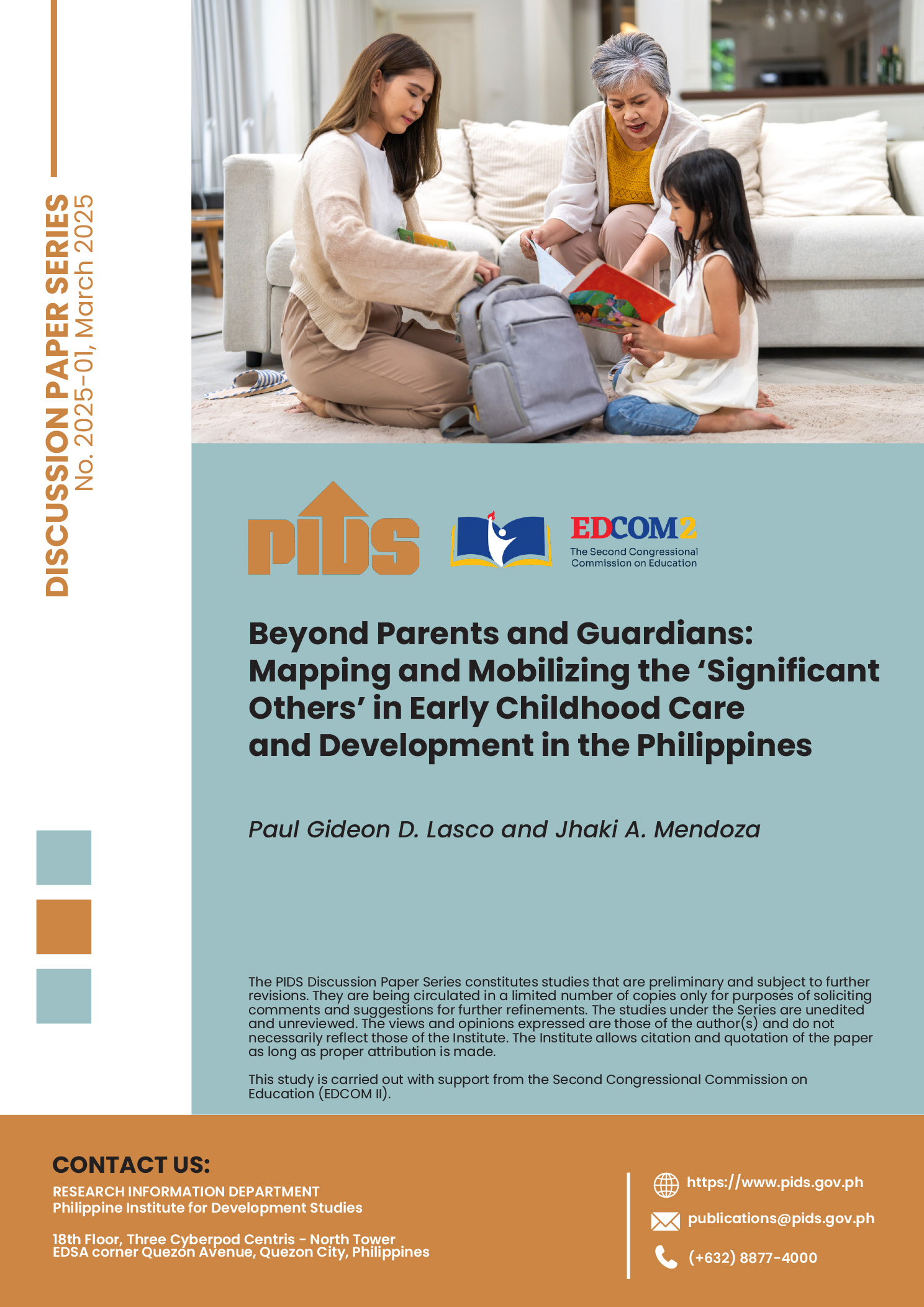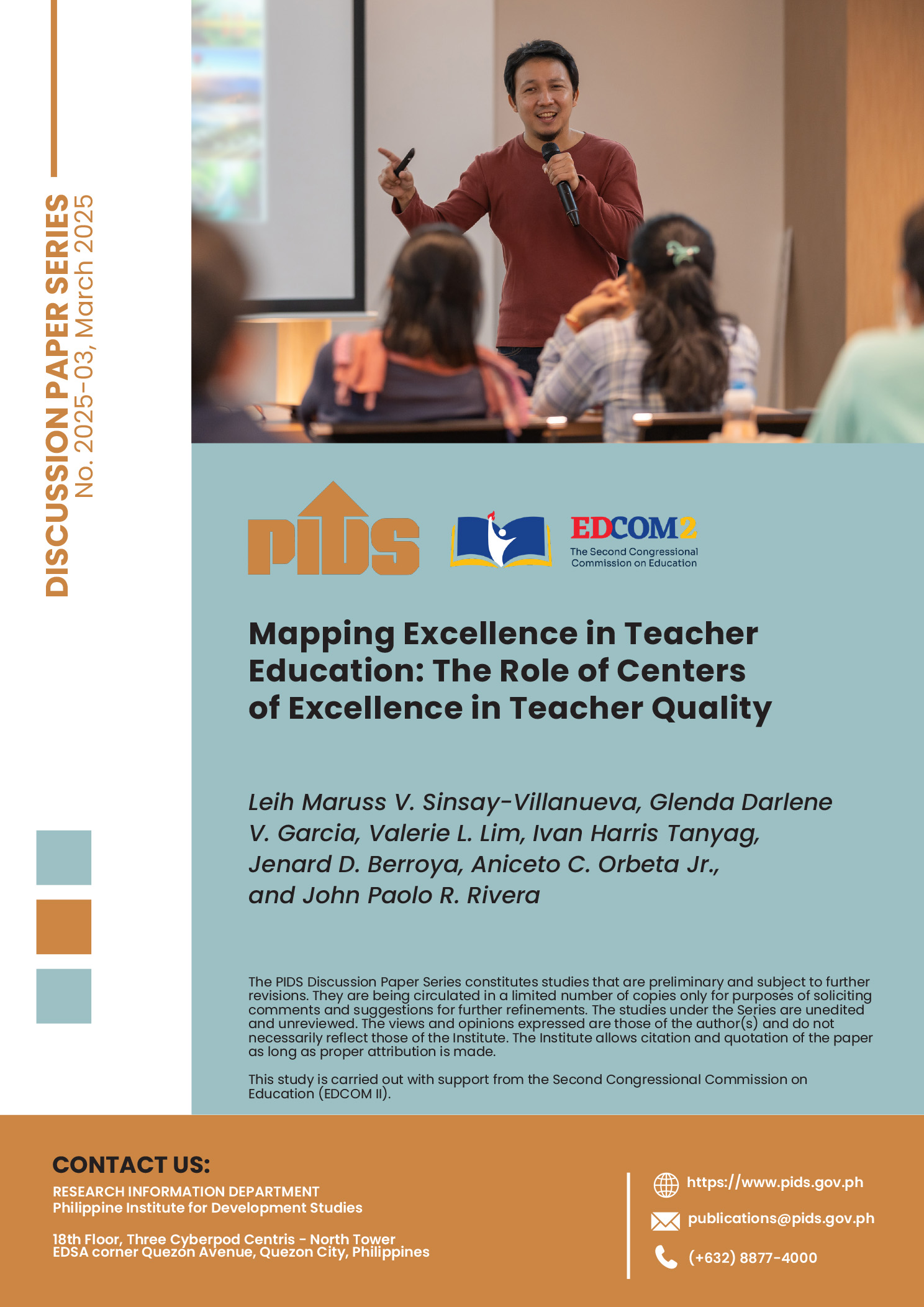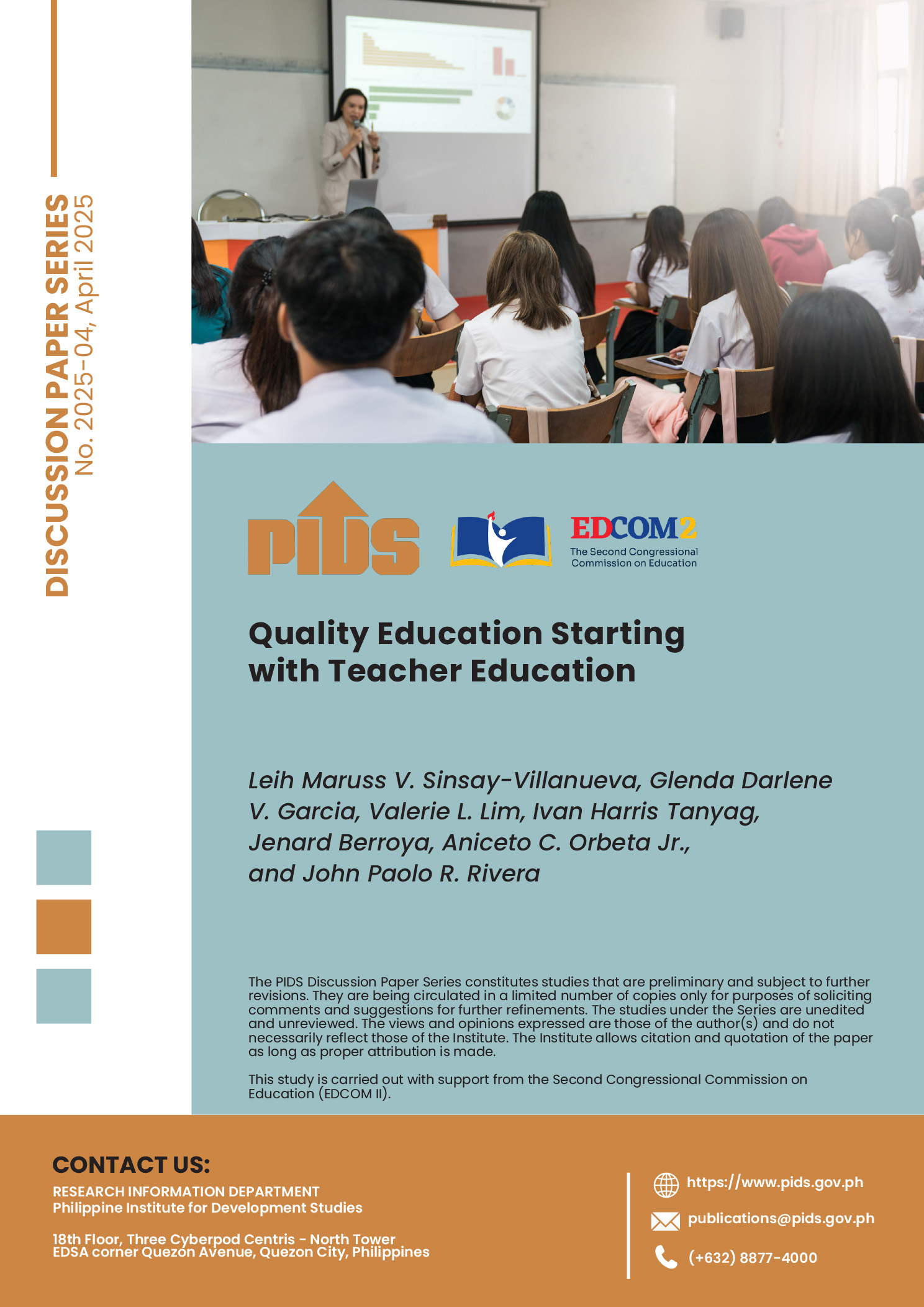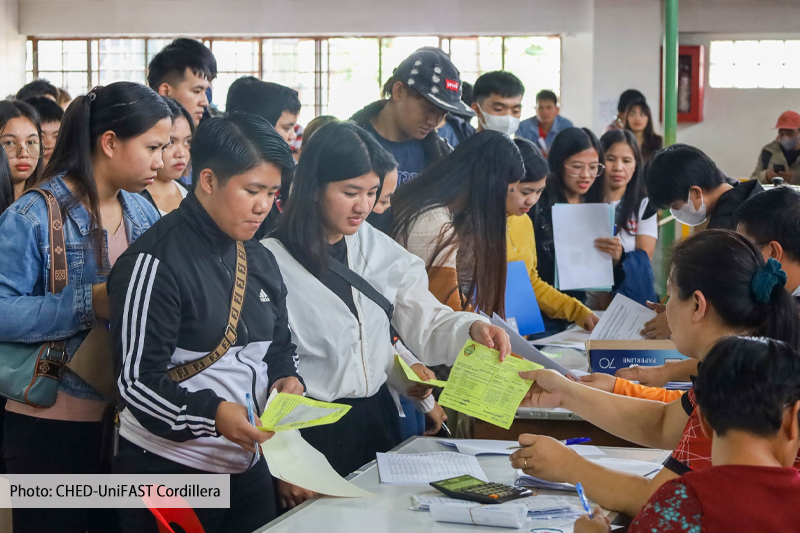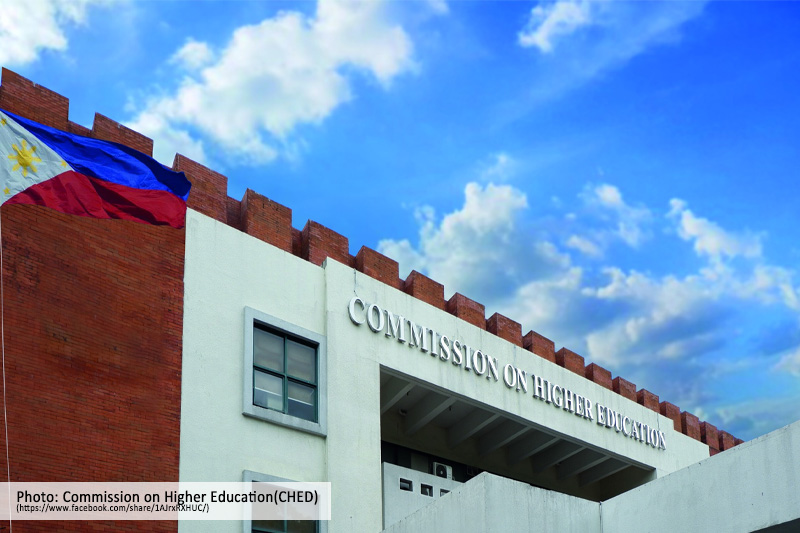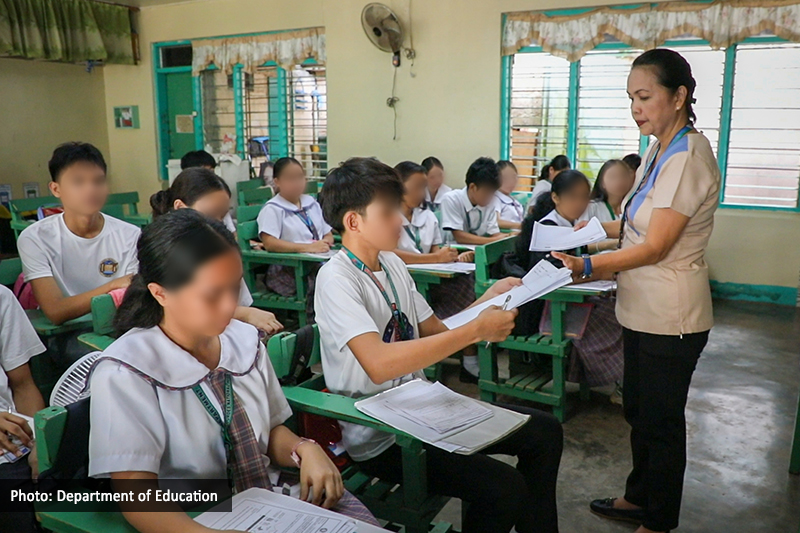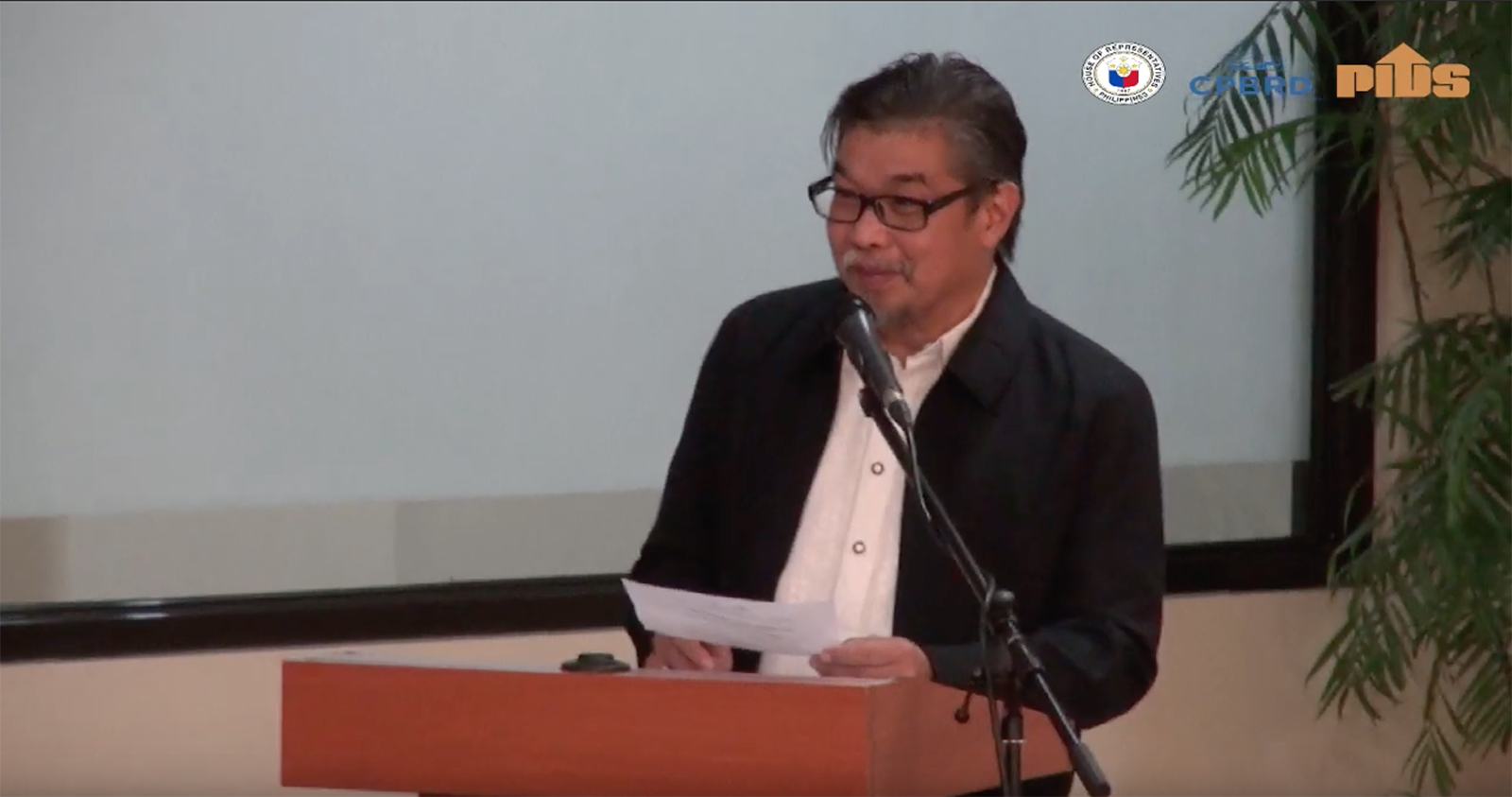FREE TUITION for college students has been successful with millions of beneficiaries since 2017. However, Finance Secretary Benjamin Diokno argues that the program’s current structure has not effectively targeted economically disadvantaged students.
Consequently, Diokno has called for limiting students’ access to free education in state universities and colleges (SUCs), citing concerns on the rise in dropout rates among its beneficiaries. All while this appeal gains traction, learners also face the looming threat of reduced course offerings, faculty layoffs, and diminished resources in SUCs, potentially depriving them of educational opportunities.
Perceived inefficiencies
In a bid to make education an “inalienable right of all Filipinos,” the Universal Access to Quality Tertiary Education Act or Republic Act 10931 was enacted in 2017 to waive college students’ tuition and other school fees for their bachelor’s degree.
Since then, the program has witnessed its share of success. In 2022, Commission on Higher Education (CHED) Chairperson Prospero de Vera III reported that the program benefited more than two million students, most of whom did not have to pay tuition and other school fees.
However, 30 of 117 SUCs will incur budget cuts in 2024, as the capital expenditures from the previous year have already been fully utilized. In light of this, Diokno asserted that scholarship and subsidy grants should be trimmed down.
Notably, this is not the first instance of Diokno opposing the law. Prior to its implementation in 2018, he argued that the government could not afford to subsidize tuition, adding that it would only benefit families capable of paying for tertiary education since “there are more poor people who do not attend college.”
“Only 12% of the poor get to the state universities, 12%; and when you say free tuition, you are actually subsidizing the rich,” Diokno said during the hearing on the proposed 2018 national budget.
Due to the aforementioned reasons, Diokno pushed for a nationwide screening of the program’s beneficiaries. The aptitude-based screening would determine who is eligible for the free tuition grant and assign students to an SUC according to their score. He additionally proposed strengthening the K-12 program to provide underprivileged students “a better chance of entering college” and thereby give them better job opportunities in the future.
Affluent beneficiaries
Meanwhile, Polytechnic University of the Philippines (PUP) Department of Economics faculty member Richmond Simeon asserted that the free tertiary tuition subsidy program must be expanded to empower low- and middle-income families.
In his ex-ante research, he found that since the implementation of the free tuition law, household incomes increased for both beneficiaries and non-beneficiaries, poverty decreased, and the gap between the rich and poor shrank. Both recipients and non-recipients experienced reduced income inequality by 30% and 38% respectively, according to the Gini index. Simeon also noted that families below the poverty line tend to be larger and have more potential beneficiaries than those above.
Nevertheless, this does not guarantee that financially disadvantaged students will outnumber the non-poor in SUCs. Since affluent students have better access to academic resources, they typically hold an advantage over their less affluent peers in exams. Philippine Institute for Development Studies (PIDS) researchers Aniceto Orbeta Jr. and Vicente Paqueo observed that in 2014, the poorest students only made up 12% of the enrollees in SUCs while the richest comprised 17%.
Moreover, an income advantage study by University of the Philippines (UP) and Hertie School of Governance researchers revealed that students from wealthier households have a higher likelihood of being admitted to the UP System in their first-choice program.
Policy reforms
Building on these concerns about the government’s free tuition policy and its impact on economically disadvantaged students, Simeon emphasized the need for amendments improving the support structures presently available to students. One such structure would be the Tertiary Education Subsidy (TES) program, which can cover living expenses not included in the free tuition grant.
Furthermore, Simeon emphasized the importance of selection criteria in optimizing funds. He suggested that the government should implement a form of affirmative action by giving more weight to an applicant's socioeconomic status.
“There should be some screening. [But] other than the aptitude, [we should also] look at the socioeconomic status,” he said.
Given that private education is a privilege, public college education is often viewed as an "equalizer," a system with the potential to narrow the gap between the rich and the poor. As things stand, however, SUCs are preferential, primarily benefiting wealthier students over those with fewer resources.
Until policy can take the country’s socioeconomic realities into account, the future of the country’s learners hangs in the balance.

